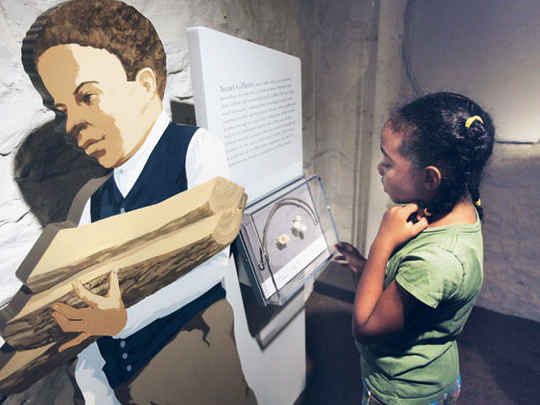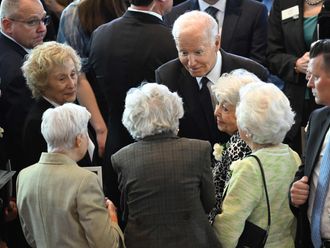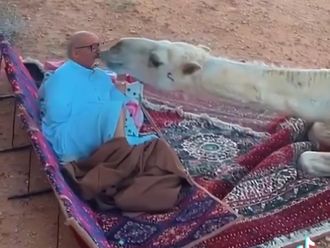
Charlottesville: Thomas Jefferson's clothes and linens did not get pressed on their own, and the meals for his lavish parties did not cook themselves.
Now, Jefferson's estate, Monticello, is expanding efforts to depict the lives and activities of the people who worked behind the scenes, allowing visitors to see that Jefferson had a lot of support for his achievements. Other sites have been undertaking similar updates, and in doing so, they are providing a more nearly complete depiction of history.
Curators at the third president's mountaintop home have been using Jefferson's detailed journals, archaeological finds and other research to expand Monticello's stories beyond the third president of the United States and his political, scientific, diplomatic, literary and other achievements. They also are speaking to a wider audience that includes a growing number of black visitors and other minorities, said Leni Sorensen, research historian at Monticello.
"It isn't that [visitors] aren't interested in Jefferson. They are, and they want to see how was he allowed to live the way he lived who was behind that work," Sorensen said. "They'll see that competent, skilled enslaved people did the work and helped make it happen."
A new permanent exhibit that opened in June in Monticello's cellar depicts a place where slaves who worked as cooks, housemaids and others worked together and crossed paths with Jefferson family members, visitors' servants and others. Called "Crossroads," the exhibit includes life-sized figures of Jefferson's enslaved butler Burwell Colbert, Jefferson's daughter Martha, teenage house servant Israel Gillette and others next to artefacts found during archaeological research, such as thimbles, clothing irons and shoe buckles.
Multicultural approach
Ford Bell, president of the American Association of Museums, said that historic sites and museums are now reflecting a more multi-cultural approach, turning away from the "great man theory" that spotlighted only the achievements of Jefferson and other historic figures.












